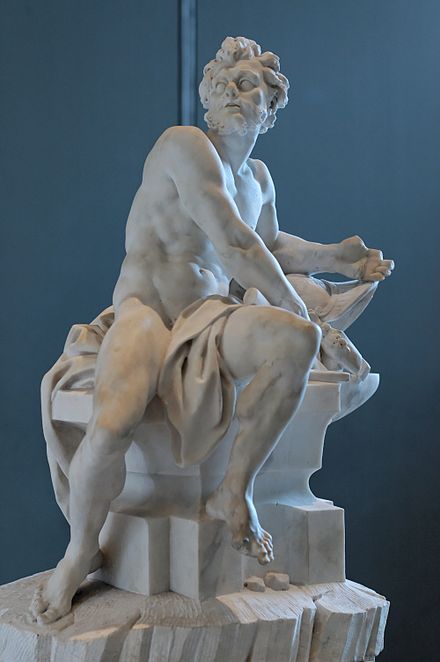Hephaestus
For other uses, see Hephaestus (disambiguation).
Hephaestus (/hɪˈfiːstəs, hɪˈfɛstəs/; eight spellings; Greek: Ἥφαιστος Hēphaistos) is the Greek god of blacksmiths, metalworking, carpenters, craftsmen, artisans, sculptors, metallurgy, fire, and volcanoes. Hephaestus’ Roman equivalent is Vulcan. In Greek mythology, Hephaestus was either the son of Zeus and Hera or he was Hera’s parthenogenous child. He was cast off Mount Olympus, by his mother because of his deformity or, in another account, by Zeus for protecting Hera from his advances. As a smithing god, Hephaestus made all the weapons of the gods in Olympus. He served as the blacksmith of the gods, and was worshipped in the manufacturing and industrial centers of Greece, particular… Continue Reading